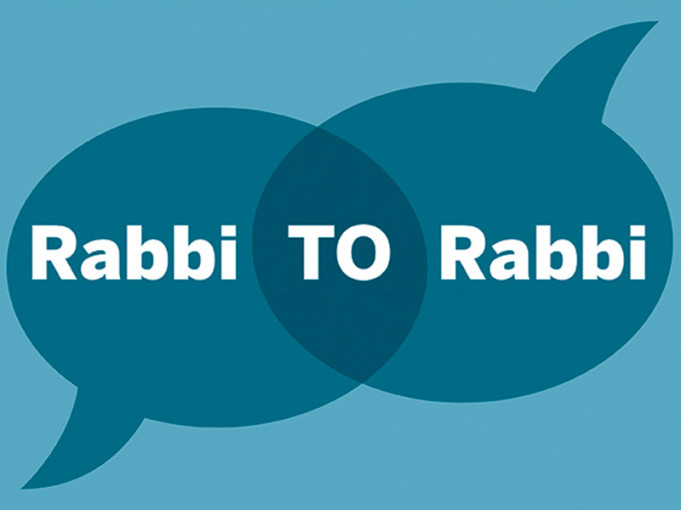Rabbi Raysh Weiss: Shaar Shalom Congregation, Halifax
Rabbi Philip Gibbs: Congregation Har El, West Vancouver
Rabbi Weiss: In most communities, the High Holidays are by far the best-attended services of the Jewish calendar. Part of me wonders to what extent this is related to the intensely individual focus of these holidays, as opposed to the more communal emphases of other major Jewish holidays, like Passover, Shavuot and Sukkot. Perhaps this reflects a broader interest in embracing an individualized relationship with religion.
Rabbi Gibbs: As I think about it, I wonder how much the experience of the High Holidays is supposed to have an intensely individual focus. There is no question that the preparation and practice of teshuvah (repentance), for example, is most difficult and most transformative on an individual level.
And yet, the theology of our prayers keeps a distinctly communal focus. The High Holidays are almost exclusively holidays of public worship. No other Jewish holiday produces the same image of hundreds of people flocking to the same place at the same time, even though there are probably more people who participate in home rituals like a Passover seder or lighting the Hanukkah candles. On the High Holidays, we imagine ourselves crowning God as our ruler. In the seminal High Holidays prayer, Unataneh Tokef, we see ourselves as one individual whose fate can seem inconsequential to the whole. (Similarly, our confession on Yom Kippur is a communal confession.) It proves that the communal impulse does exist.
Rabbi Weiss: The typically longer services on the High Holidays creates an interesting dynamic, whereby the specific content of the prayers can wash over the individual participant, causing him or her to react in a very intimate and personal manner. Our High Holiday liturgy contains moving passages, images and embodied gestures (such as the collective confession using the plural pronoun “we”) that are voiced in the collective, but I wonder to what extent they are experienced as such by the individuals in the room. During the High Holidays, we are asking profound questions not as isolated individuals, but as a people united with a Divine purpose and we are challenged to answer these questions both through our own personal words and deeds, and through our communal actions.
But the question for me remains: what does it say about our collective relationship with God that after we share these awe-inspiring moments of the High Holiday season, we might not see each other in a ritual context for another year? There are countless meaningful ways to be Jewish that are not necessarily ritually informed, or prayer-based. How is it that the most liturgically loaded and demanding holiday is the most trafficked one in our synagogues?
Rabbi Gibbs: There is no question that the narrative around these holidays provides a greater and more compelling sense of drama. Even when synagogues fail to create a dramatic prayer experience, part of the draw is the communal memory of this drama. When Rabbi Morris Silverman, a Conservative rabbi and writer, introduced the martyrology on Yom Kippur in his machzor, he evoked the image of a child looking up at a grandfather, wrapped in a large tallit, silently crying while hearing about the past losses of our people. This visceral experience of the weight of generational memory is diminishing or gone for many, but the liturgy itself tries to foster this emotion by orienting our attention to the horizon of lost opportunity.
The liturgy and theology of the High Holidays transform these services into events. Any community will have a core of people who find meaning in the constant experience of religious life and there will always be some number of people who will only come for the High Holiday services. The challenge is helping the majority realize that engaging with ritual and theology can be a place where we can reflect on our personal and societal connections. Those who already have a foot in the door can turn to ritual in times of crisis, but that familiarity is necessary to make it an emotional support, instead of another source of isolation.
